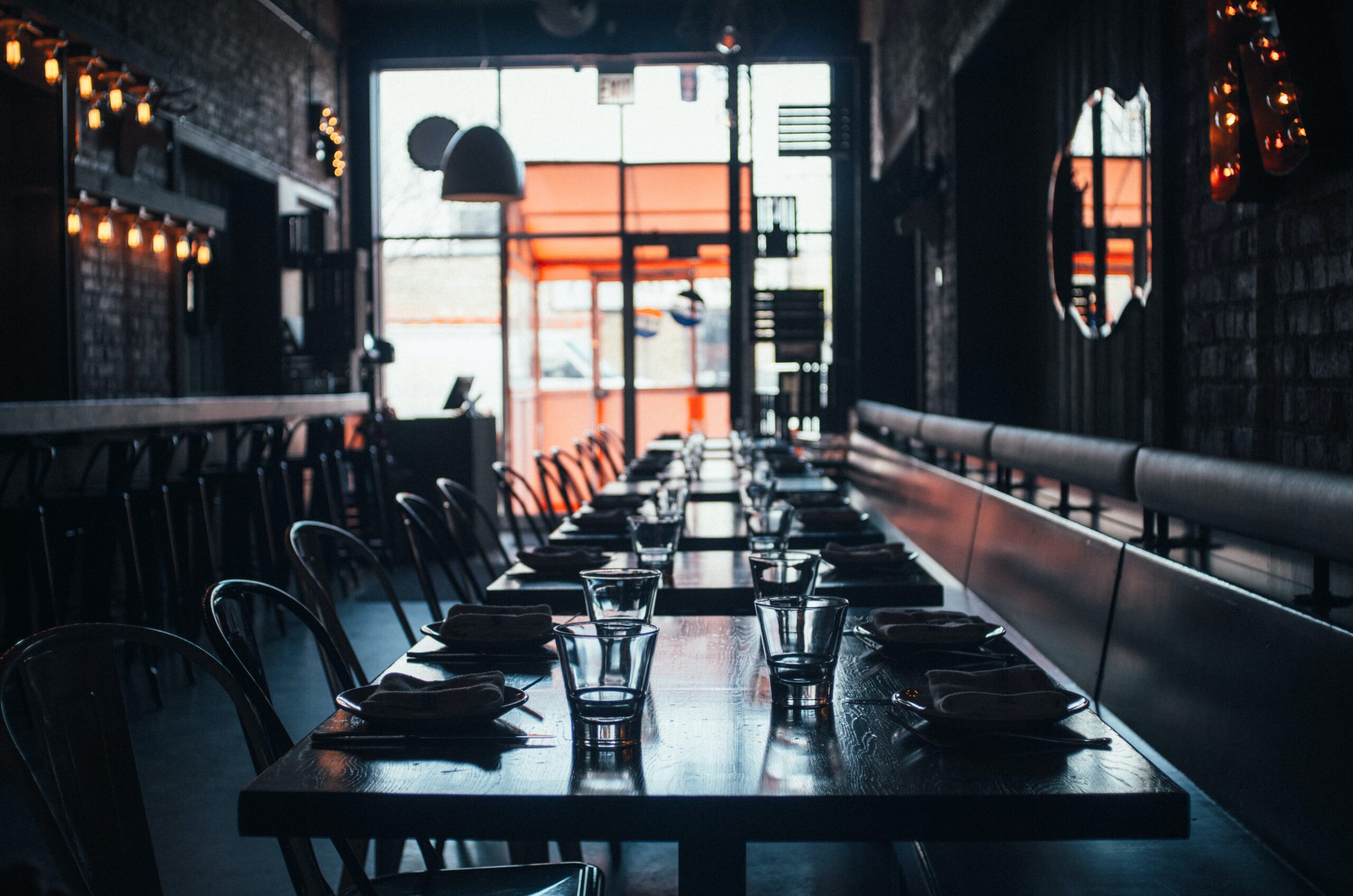
The food and beverage industry has experienced unprecedented disruption and change in the past few years. From constantly changing customer preferences and trends and growing dependability on mobile technologies, to the global COVID pandemic, many F&B organisations have to entirely redefine the structures of their businesses.
The 2020s will be driven by the impact of emerging cultural expectations, shaped by current times and by the impulse to innovate, rather than settling for what’s already in place. So what should restaurant and food services organisations do to continue to be resilient in this fast-changing landscape? Here are eight areas that will be the basis for long-term resilience in the 2020s and beyond.
1. Meet customer expectations with mobile ordering
The need for social distancing during the 2020 global pandemic has accelerated the mobile ordering trend. To meet this evolving priority, restaurant and food services organisations need to create and develop the groundwork for a platform that’s designed to serve mobile devices. The goal is to grant greater guest control during the ordering process via integrated technology platforms that support guest engagement on personal devices.
2. Offer mobile-based payments
Using mobile technology also means supporting different payment options for guests. Mobile-based payment apps (such as Google Pay, Apple Pay, Alipay, and others) satisfy the need for convenience and for minimal contact during an era when social distancing is an important consideration. During the pandemic, contactless mobile-payment methods allowed businesses to remain resilient and keep staff and customers safer when cash, credit, and debit transactions took on entirely new implications.
3. Use kiosks to give guests more control
Restaurant point-of-sale (POS) integrated self-service kiosks are another emerging solution to enable more guest-driven process around the ordering process. They give in-store customers a wider range of options to easily customise an order without fear of being misunderstood or even refused. Self-ordering kiosk adoption is seeing explosive growth internationally and is catching on in Australia. A study across five Australian supermarkets found that the use of self-service terminals (SST) rapidly becomes a habit as people’s experience and confidence with them grows.
4. Invest in staff by providing better tools
The cost of staff turnover can be significant, costing an average of USD$2,000 to replace an hourly employee, according to the US National Restaurant Association. An Australian Human Resources Institute (AHRI) survey found that average yearly employee turnover in Australia is around 18%, but the majority (63%) of organisations don’t measure the financial cost of employee turnover. By providing staff with better tools and technology, such as tablet-based POS devices, order accuracy and service speed increase, while stress on staff reduces. This creates a better customer experience and increases employee satisfaction and retention.
5. Harness the power of data
In an age of increasing digitalisation, data can reveal important, accurate, and timely information. It might include location performance, key sales trends, emerging markets, profiles on new and repeat business, service staff performance numbers, best-performing and least-performing menu items, and other vital metrics. Getting this information in real-time from digital sources is much more powerful than out-of-date, manual data collection.
6. Adjust menu performance in real-time
A key application for data is being able to measure and adjust menu performance, to view each location more holistically and be able to act on the data quickly and effectively. Centralised management enables a more detailed view into evaluating the success of offerings in a wider context and allows organisations to make updates to menus that are driven by insights gained from data.
7. Make security a top priority
As customers increasingly transact digitally, F&B businesses are becoming more vulnerable to cyber-crime. This can have catastrophic reputational damage on a brand, in addition to financial losses and legal penalties. To stay resilient, organisations must make it a top priority to invest in technologies and infrastructure that tie all locations and systems together in a single environment, instead of on a location-by-location, on-premises basis.
8. Unify the business in the cloud
Cloud infrastructure provides better security and helps centralise data, so organisations achieve a clear understanding of what’s happening across all locations at the same time. The cloud makes organisations less fragmented, more agile, and better able to act on issues that are connected to essential KPIs: all valuable benefits when trying to stay resilient during an era of changing conditions and shifting industry landscapes.
Ultimately, the “business-as-usual” mentality of past eras no longer applies to restaurant and food services organisations in the 2020s. Creating resilience starts with open-mindedness, calmness, confidence, and trust. With this in place, restaurant and food services organisations can create sustainable value for guests and help guide business strategy as the economic and competitive environments shift and change.
By jarrod Kinchington, Infor ANZ Managing Director
This article was first published by Hospitality Business NZ
